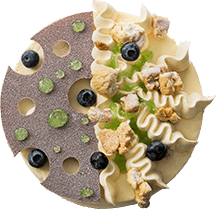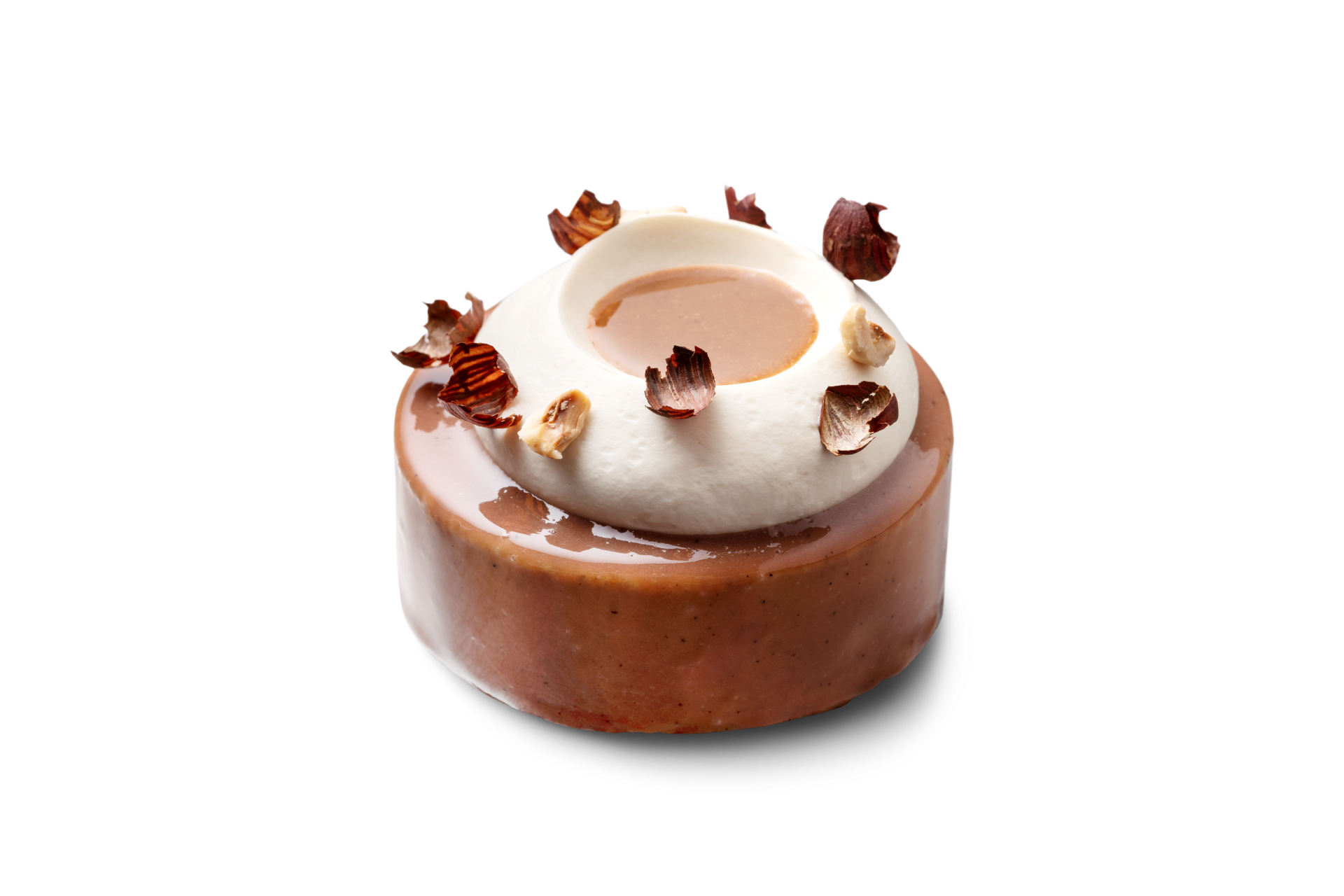Fermentation
In this piece we explore the many possibilities of micro-organisms such as fungi and bacteria to develop new flavors and textures in a controlled way. Fermentation is a simple, ancient cooking technique that balances science, magic and above all, adventure. It is not new or avant-garde. However, this technique fell into oblivion due to the rise of the food industry. Just think of pickles, for example.
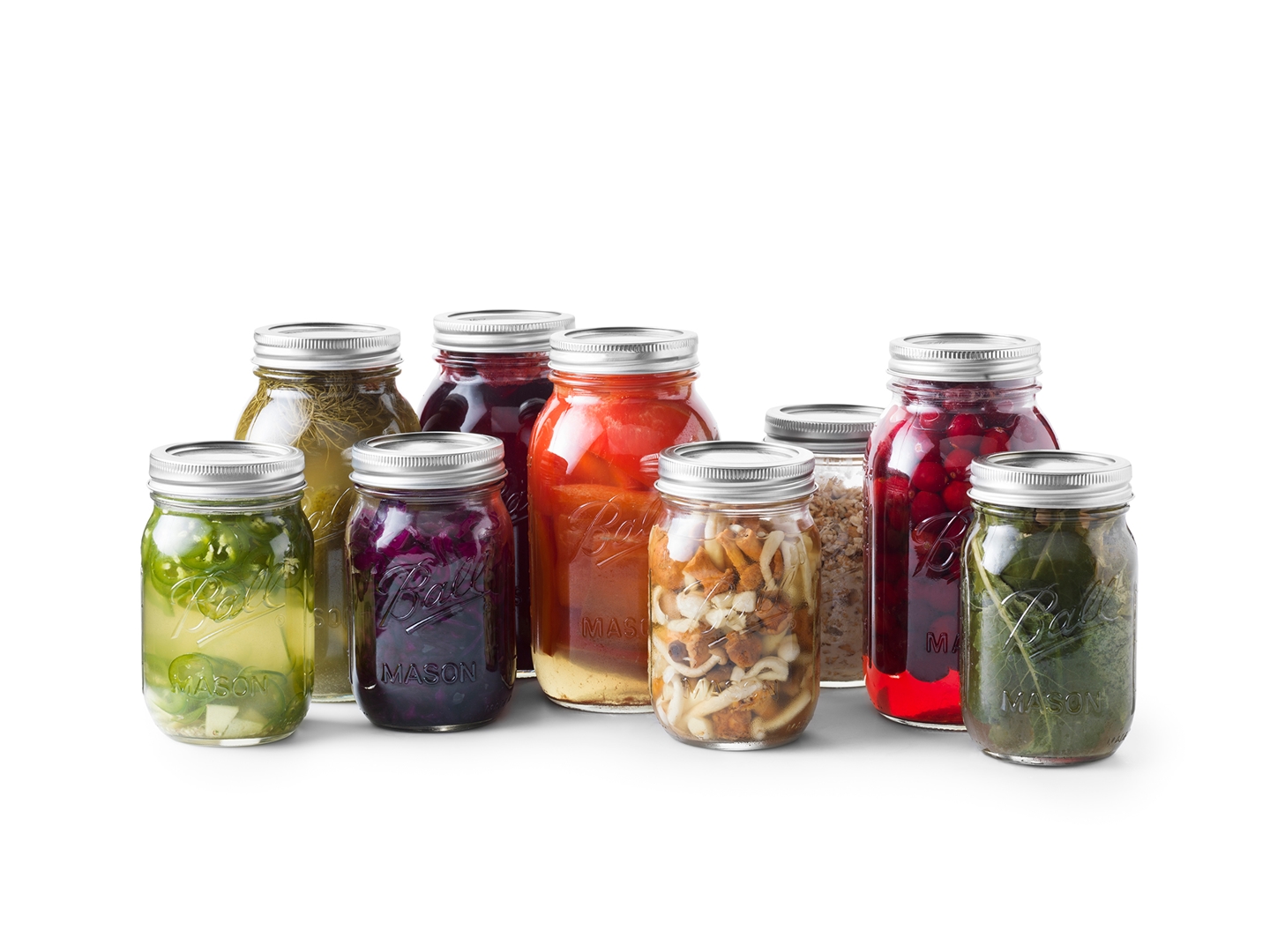
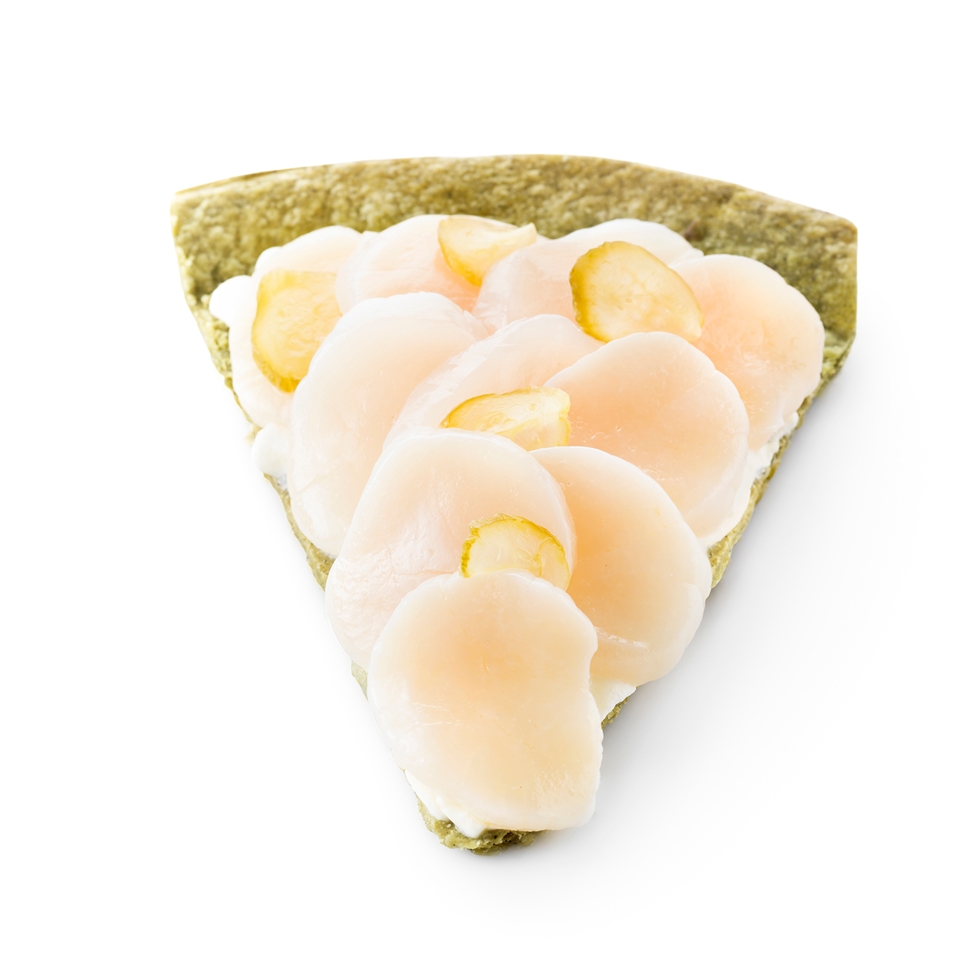
It may sound distasteful, but it is not. Micro-organisms such as fungi and bacteria are all around us. And its application in the kitchen goes back for centuries. So why not use them to create new flavors? Take cheese, coffee, wine, or chocolate. These are all trusted products that have undergone a fermentation process and (partly because of this) have such a special taste.
The English word ‘pickling’ actually means salting vegetables so that they can be kept for a longer period of time. The salt kills all the ‘bad’ micro-organisms that cause the product to rot. One type of ‘good’ bacteria remains active in this salty environment: lactic acid bacteria. They give the final product its sour taste. Over time, they have been replaced by vinegar. "Pickling techniques" were mainly spread by Eastern European Jewish communities who have left their mark on most Eastern European food cultures. As a kickstarter for the process you can use the drained liquid from yogurt. We use freeze-dried lactic acid bacteria in combination with sea salt, read our step-by-step below.
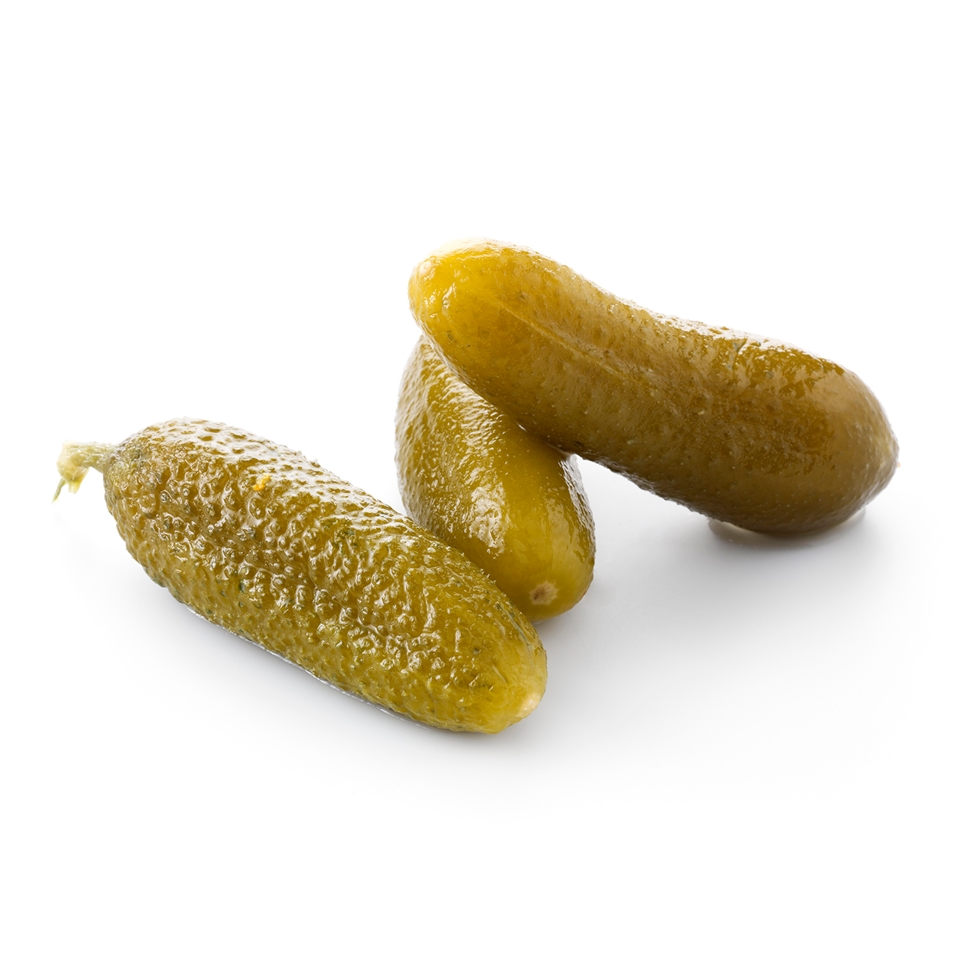
- 1. Add sea salt to the vegetables (6-8% of the total weight of the vegetables)
- 2. Add 0.5% freeze-dried lactic acid bacteria
- 3. Do the vegetables have too little moisture on their own? If so, add water that has been boiled until the vegetables are submerged, but make sure to use the same proportion of salt (6-8% of the total weight).
- 4. Cover the jar with a clean cloth. Two layers of kitchen paper are enough to keep out flies and dust. The lactic acid bacteria do, however, need oxygen to initiate fermentation.
- 5. Leave the jar to ferment for four days at kitchen temperature, and then store in the refrigerator with a lid on. The longer the vegetables are stored, the more acidic they become. But there is no comparing the aroma and the flavour with vegetables that have been pickled with vinegar.
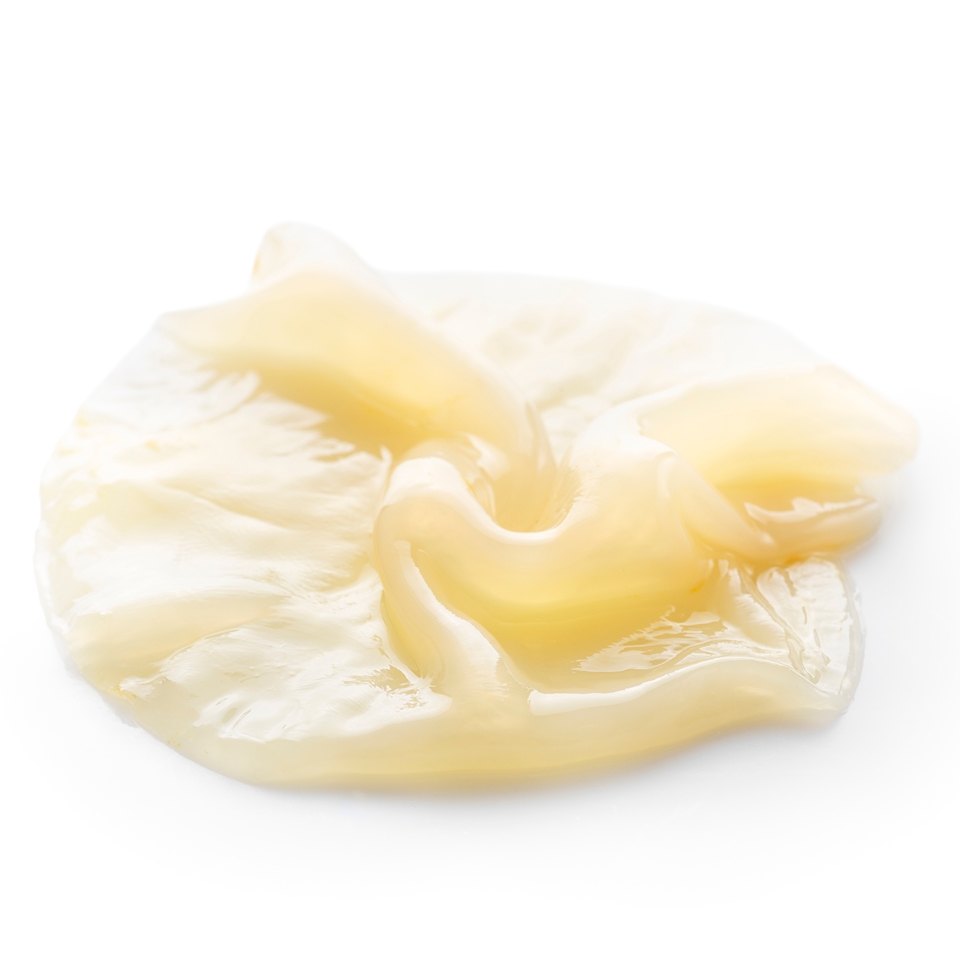
With this fermentation technique you turn fresh fruit into a tangy condiment. To always guarantee the same consistent quality, we start with a pasteurized fruit puree. This gets fermented, like when making kombucha. It is a fermented drink made from sweetened green tea and a scooby. This is a kind of jelly of yeasts and bacteria such as different types of acetic acid bacteria, mainly the Acetobacter. It is responsible for converting liquids into vinegar. Think of applications such as aceto balsamico. The scooby is a living organism that you can use as a "mother" to create multiple kinds of freshsour taste sensations. Nowadays this ingredient can easily be ordered online.
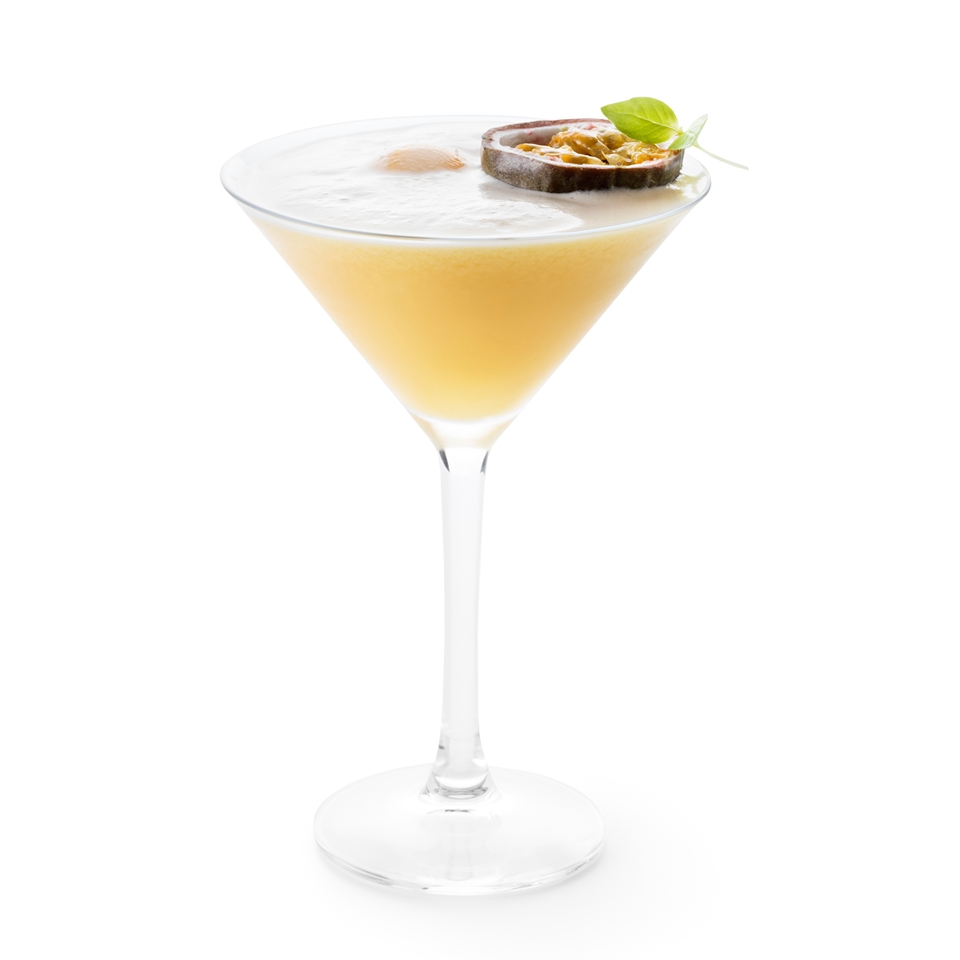
- 1. Add the scooby to 1 liter of fruit puree in a jar or bottle and let it breathe. Oxygen must be able to reach the liquid.
- 2. After four to five days you will see threads from the scooby sink into the liquid.
- 3. Now let the process continue at kitchen temperature for at least a month to a year (or longer!).
- 4. Strain the substance before use and season with 2-3% salt. The result is a fresh, sour fruit puree with a little bitterness, flavored with salt.
MAGICAL KOJI
Koji is the miracle that turns sake, soy sauce, and miso into delicious umami-rich substances. We said it before: micro-organisms balance somewhere between science, magic, and adventure.
Koji is a rice or grain that has grown fungus with the help of Aspergillus Oryzae spores. This is a fungus that grows at a certain temperature and humidity. The fungus transforms rice or grain by breaking down the various types of starch.
The secret to good sake, soy sauce or miso lies in selecting the right koji. You can find koji in the trade or stores where you can buy the exact fungal spores for any application. The fungal culture produces several enzymes that give the sake, soy sauce and miso their rich flavor. For instance, starch is broken down by amylase and proteins by protease. The latter enzyme breaks down the proteins into specific amino acids and peptides such as in the glutamate that is responsible for a savoury, meat-like flavour. In culinary terms we call this the fifth taste, or “umami”. Traditionally, Japanese misos and soy sauces are made mainly from soybeans and rice, as they contain high amounts of protein and starch. Which ingredients from our own region can we use? We figured it out. The following recipes are definitely worth trying.
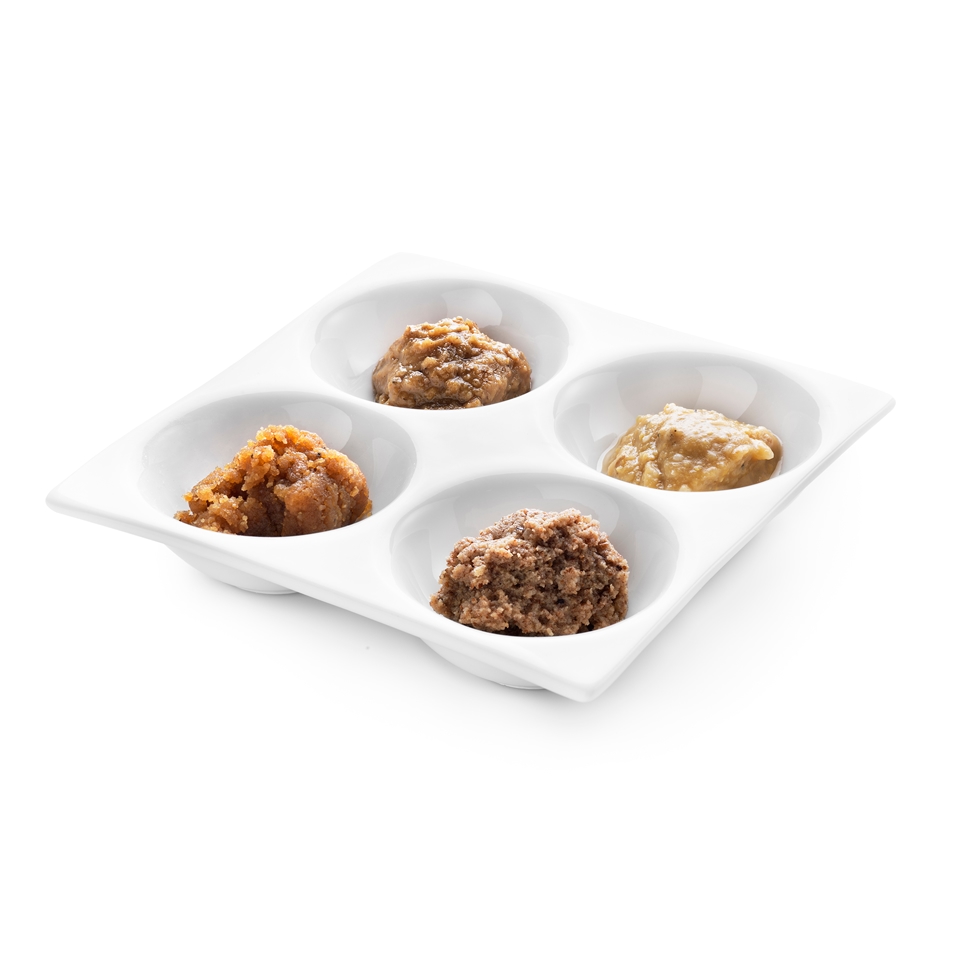
For nut-based misos, first pass the nuts through a slow juicer to separate the oils. The oils will quickly turn rancid when exposed to oxygen for a long time. The barley koji is processed with fungal cultures. Later it is mixed with the nut butters and salt. A portion of live miso (available online) is then added to kickstart the fermentation process and ensure that "bad" bacteria do not have a chance to fail this experiment. Ferment this miso briefly and vigorously and keep it in a sterilized jar in the refrigerator.
You can use this technique for a miso based on nuts such as hazelnuts, peanuts or walnuts:
Ingredients
110 g barley koji (barley)
100 g miso
550 g nut puree (hazelnut, peanut or walnut)
55 g salt
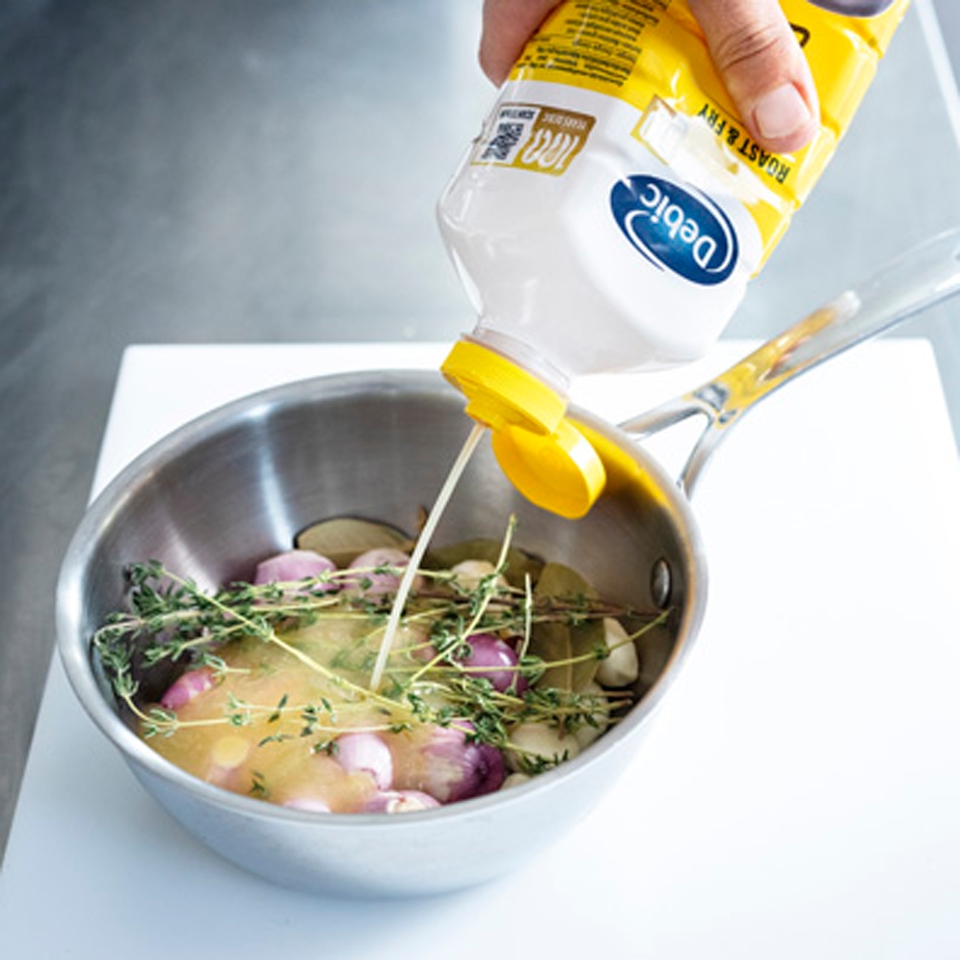
Go through our overview of preparation methods and cooking techniques for professionals, with step-by-step visual support and numerous tips.

